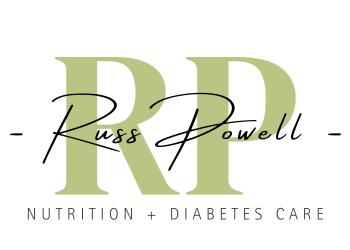Monitoring Isn’t Just Data—It’s a Mirror of Self-Compassion
For so many women I work with, the idea of monitoring blood sugar feels intimidating at first. “I don’t want to see how bad it is.”
But here’s what I tell them:
We’re not looking for perfection—we’re looking for patterns.
And those patterns aren’t just made of protein and carbs. They’re built on sleep, stress, skipped meals, and suppressed needs.
A Continuous Glucose Monitor (CGM) or even a simple glucose check isn't just a clinical tool—it’s an emotional invitation. One that says:“Let’s stop guessing and start witnessing.”
When women begin tracking their blood sugar, the lightbulb moments often have nothing to do with sugar itself:
The morning spike wasn’t from their eggs or toast—it was from tossing and turning until 3 a.m., replaying conversations or calming a child.
The afternoon crash wasn’t a sign of failure—it was the natural result of powering through back-to-back meetings without eating or hydrating.
The weekend highs didn’t come from food indulgence alone—it was the mental and emotional load of being everyone’s emotional anchor, errand-runner, and default decision-maker.
These numbers are not to be seen as a report card but as your body speaking up, things change.
Instead of:
“I messed up.”
You can say:
“Oh—that makes sense.”

